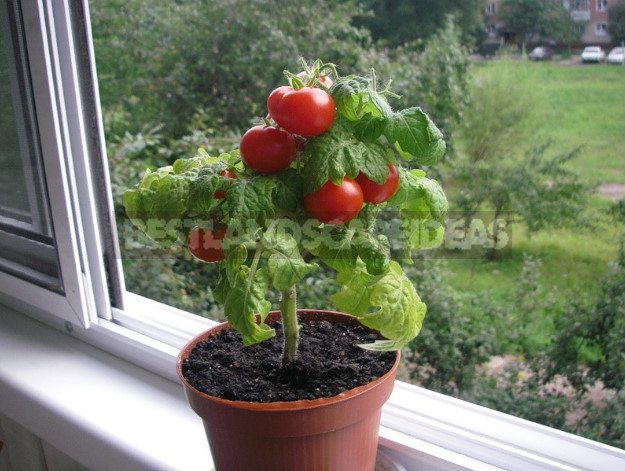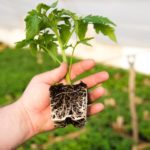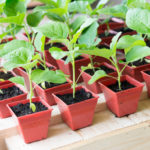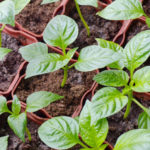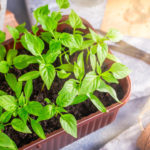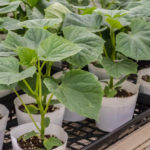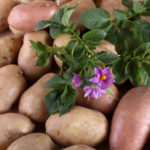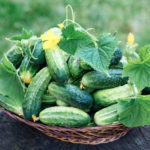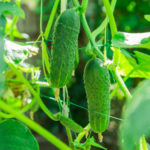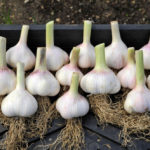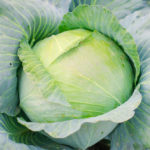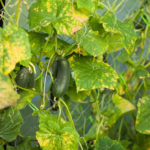You need to start with the fact that if you bought a good soil or competently prepared it yourself, then the seedlings do not need fertilizing. Up to planting in the garden. Of course, provided that you comply with the basic requirements of cultivation, and your seedlings do not lack lighting, it has a normal temperature and moderate watering. Then simply monitor the condition of the plants.
Unfortunately, there are situations when there is poor-quality soil, or we just save on it, often forced. And there are three troubles: the substrate can be clogged with plant seeds, infected with pathogens, or empty, that is, infertile, composed of inert materials. On such soil seedlings may experience a lack of nutrients, therefore, it will need to be fed.
Lack of phosphorus
At the initial stage of tomato cultivation, that is, seedling, first of all, it is necessary to build up the root system. Phosphorus is responsible for this. Signs of the lack of this element:
- the leaves are directed at an acute angle up, but you need to look, of course, during the day, as the leaves can so rise at night;
- change the color of plants to purple. This color first appears on the lower side of the leaf plates, veins and stems can be painted. It also happens that the leaves curl up.
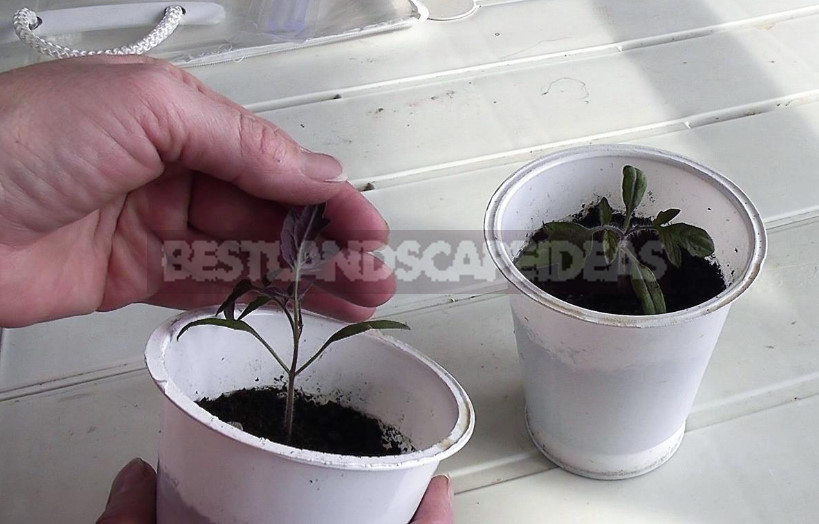
There are two main reasons for such changes: poor soil (it is really little phosphorus), or plants can not absorb this element. Problems with assimilation arise if the seedlings are simply cold, or it is subjected to sharp temperature changes. It is difficult to assimilate phosphorus also in low light.
If you have provided a good microclimate for seedlings, the problem lies in the soil, and will solve its feeding. Well suited for this purpose complex mineral fertilizer superphosphate. It consists of 20 to 29% phosphorus.
Seedlings are fed with a solution that is prepared from 7-8 g of fertilizer and 2 liters of water. Usually superphosphate is difficult to dissolve, so it is convenient to dilute it first in a small amount of hot water, and then bring the solution to the desired volume.
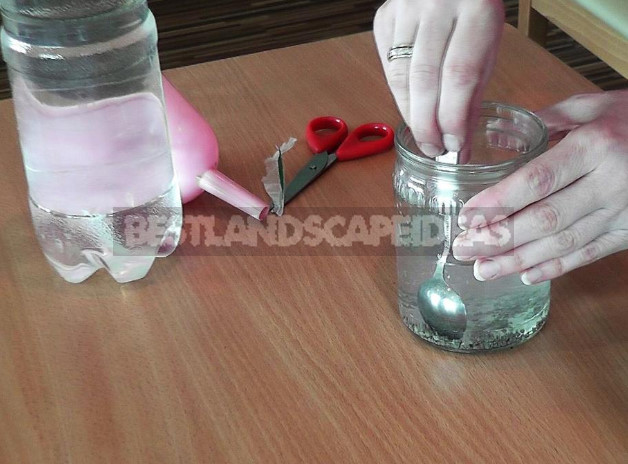
I want to share my observations. I noticed that when supplementary lighting of seedlings by fitolamp she suffers most. Last year I even conducted an experiment — I grew one variety of tomatoes in the same glasses and soil, but some of the plants were under the lamps, and some without them. In General, before planting seedlings from under the lamps was better, but phosphorus had to feed only her.
Nitrogen starvation
Despite the fact that the seedlings should not be fertilized with nitrogen (i.e. nitrates), on some soils there may be a situation when it is clearly not enough. Another reason for macronutrient deficiency — a large plant in a tiny Cup for a long time is on your windowsill.
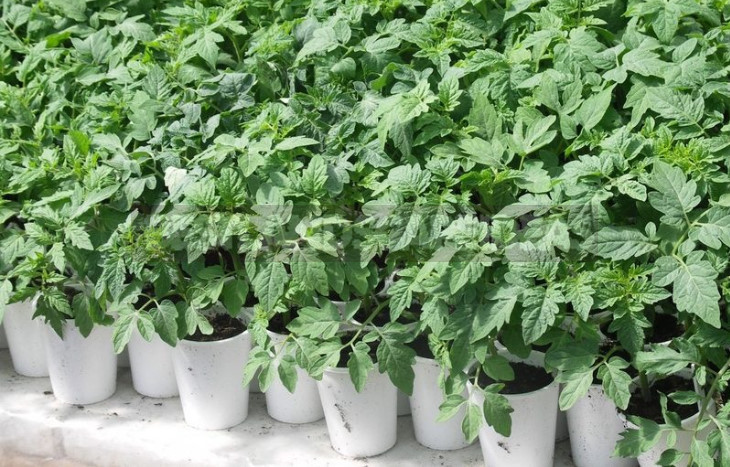
In such seedlings, the pale color of the leaves with a yellowish tinge, the veins can be bluish-red. In this case, the plants are fed urea. Also suitable and other fertilizers with a high content of nitrogen.
However, we must remember that with this element at an early stage of development of tomatoes you need to be very careful. Overfeed with nitrogen is harmful: the plant begins to fatten — to increase the green mass to the detriment of subsequent fruiting.
Feeding with ash
Good job feeding tomatoes with ash. To do this, you can powder the seedlings every 10 days or use an infusion. To prepare it for 1 liter of water, add 2 tablespoons of ash. Insist days, then if necessary filter and water under a root.
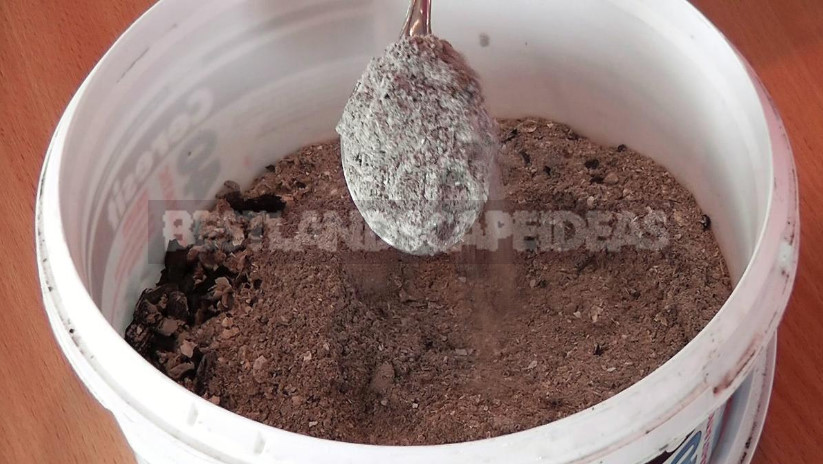
The first time fertilize at the age of 1 week, not earlier. In the future — every 2 weeks. This infusion can be carried out and foliar feeding — spraying.
Lack of potassium, calcium and iron in the early period of growing tomatoes is very rare. Chlorosis (lack of iron) at this age can be “sleepless” seedlings. There are gardeners who bring to the absurd the light of their plants, not giving them a night’s rest. You shouldn’t do that.
We conclude that if the seedlings look good, then it is not necessary to feed it. If you really want, it is better to dilute the ash solution — it includes many useful elements for plants and practically does not contain nitrogen. They can be gradually watered or sprayed with seedlings from time to time.
